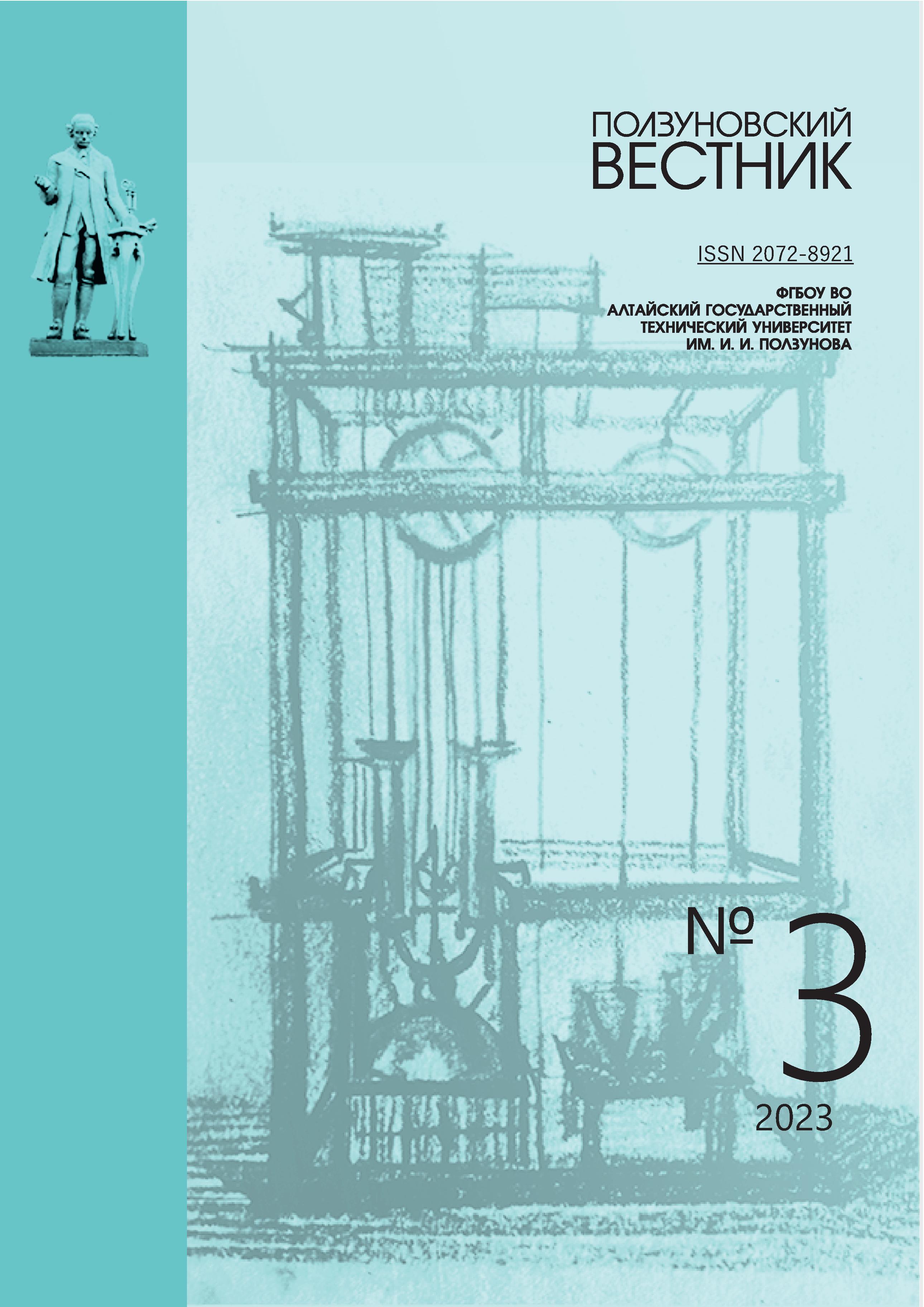INVESTIGATION OF HUMIC AND FULVIC ACIDS OF MUMIYO ACCORDING TO IR SPECTROSCOPY DATA
TZAVYO
DOI:
https://doi.org/10.25712/ASTU.2072-8921.2023.03.027Keywords:
mumiyo, humic acids, fulvic acids, gravimetric analysis, extraction, IR spectroscopyAbstract
To date, one of the rapidly developing areas of modern chemistry is the analysis of the products of vital activity and decay of living organisms - humic substances, the development of technology and the selection of optimal modes for their isolation. In addition, there is a great need for effective, environmentally friendly preparations, such as mumiyo-based preparations due to their main active ingredients - humic and fulvic acids. It is on their quantity that the beneficial properties of the mumiyo itself depend. Therefore, the development of methods for extracting humic and fulvic acids from mumiyo, the study of their properties and practical application is an important area of scientific research. The purpose of our work is the extraction of humic and fulvic acids from mumiyo, the study of the obtained samples by IR spectroscopy. Using a technique based on the gravimetric determination of the content of humic acids extracted from the product with an alkaline solution, the mass fractions of humic acids in two analyzed samples of mumiyo were determined: Mongolian (sample 1) and Altai (sample 2) production, which amounted to (9,4 ± 0,2) % and (5,7 ± 0,1) %, respectively. A technique for extracting fulvic acids from a fraction after precipitation of humic acids is proposed. With the help of IR spectroscopy, the qualitative content of humic and fulvic acids in the mumiyowas confirmed.
References
Черникова С.А., Акиньшин С.Н., Шелемей Е.Н. Мумие как вид природных ресурсов // Вестник Луганского государственного университета имени Владимира Даля. 2021. № 10 (52). С. 155–158.
Фролова Л.Н., Киселева Т.Л. Применение мумиё в традиционной медицине разных стран: исторический экскурс // Традиционная медицина. 2007. № 2 (9). С. 14–21.
Фролова Л.Н., Киселева Т.Л. Биологическая активность мумиё публикация 4: регенеративное действие при переломах костей // Традиционная медицина. 2008. № 2 (13). С. 51–60.
Землянский Р.Д., Макаров А.В. Антибактериальные свойства саянского гуминового вещества – «мумиё» // В сборнике : Актуальные проблемы ветеринарной медицины, пищевых и биотехнологий. Материалы Международной научно-практической конференции. Саратов, 2022. С. 11–15.
Попов А.И. Гуминовые вещества: свойства, строение, образование / под ред. Е.И. Ермакова. СПб. : Изд-во СПб. ун-та, 2004. 248 с.
Орлов Д.С. Гумусовые кислоты почв. М. 1974. 334 с.
Василенко И.О. Опыт использования препарата гуминовых кислот в яичном птицеводстве // Основы и перспективы органических биотехнологий. 2020. № 4. С. 3–8.
Гуминовые кислоты: их выделение, структура и применение в биологии, химии и медицине / П.П. Пурыгин, И.А. Потапова, Д.В. Воробьев. В книге : актуальные проблемы биологии, химии и медицины. Одесса. 2014. С. 180–196.
Хилько С.Л., Ефимова И.В., Смирнова О.В. Антиоксидантные свойства гуминовых кислот из бурого угля // Химия твердого топлива. 2011. № 6. С. 3.
Дину М.И. Сравнение комплексообразующих способностей фульвокислот и гуминовых кислот в водной среде с ионами железа и цинка // Водные ресурсы. 2010. Т. 37. № 1. С. 65–69.
Downloads
Published
How to Cite
Issue
Section
License
Copyright (c) 2023 Galina R. Bukhalova, Lina V. Zatonskaya

This work is licensed under a Creative Commons Attribution 4.0 International License.















 .
. This work is licensed under a
This work is licensed under a 
